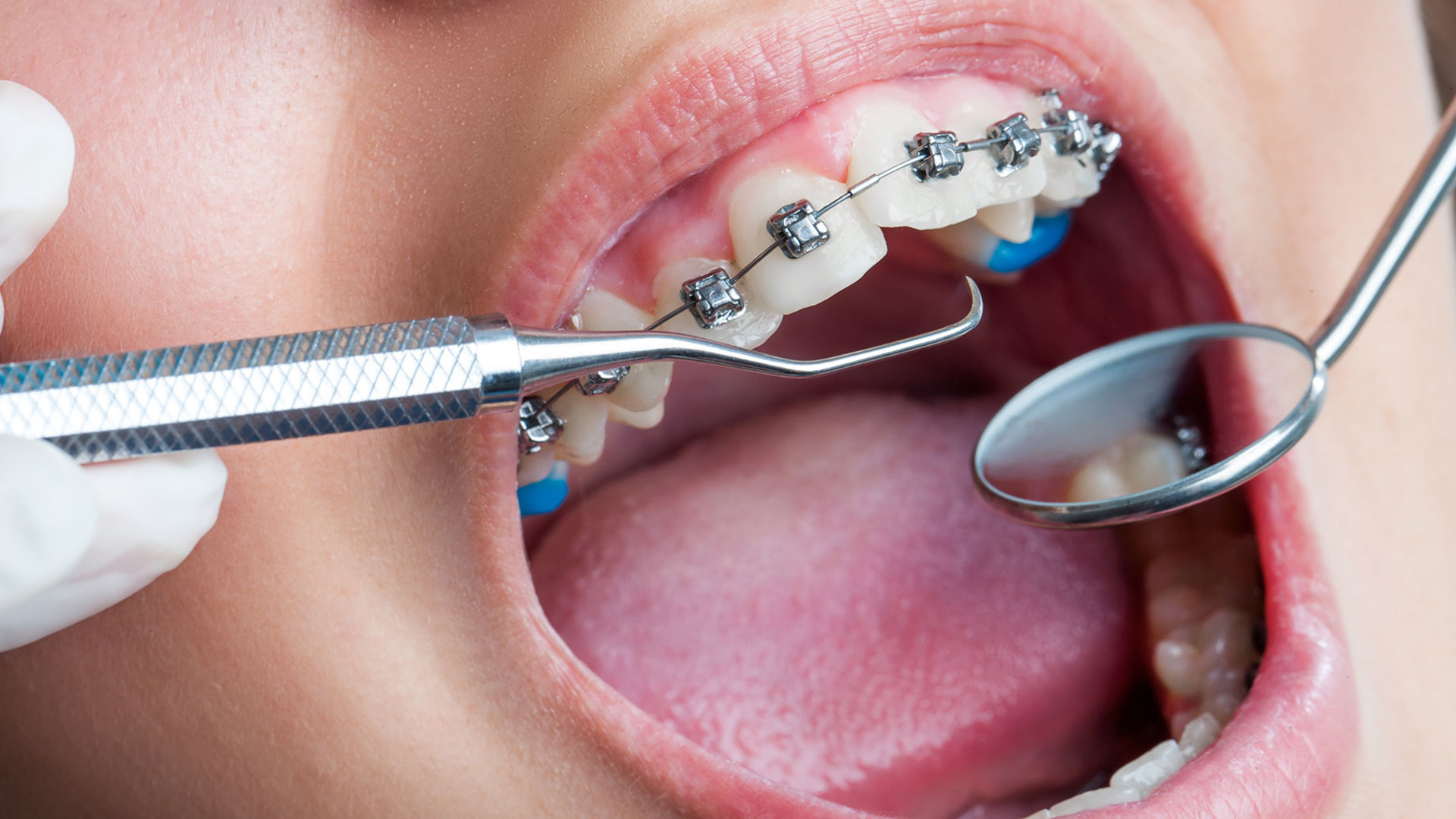Stimulant addiction, including dependencies on drugs such as cocaine and methamphetamine, poses significant challenges to individuals and healthcare systems alike. Tackling this issue requires a multifaceted approach, with evidence-based therapies playing a crucial role in recovery. This article delves into the top evidence-based treatment methods for stimulant use disorders, including Cognitive Behavioral Therapy (CBT), Contingency Management, and Dual Diagnosis Care.
Cognitive Behavioral Therapy (CBT)
Cognitive Behavioral Therapy (CBT) is widely recognized as one of the most effective treatments for stimulant addiction. This therapy focuses on identifying and altering negative thought patterns and behaviors associated with substance use. During CBT sessions, individuals learn coping strategies to manage cravings and avoid relapse triggers. Research indicates that CBT helps reduce drug use and improve overall functioning by fostering mindfulness, self-awareness, and problem-solving skills. Its adaptable nature makes CBT suitable for diverse clientele, offering personalized plans that cater to individual needs and circumstances.
Contingency Management
Contingency Management (CM) is another evidence-based strategy that offers individuals tangible rewards for achieving specific treatment goals, such as abstaining from stimulant use. This approach operates on the principle of positive reinforcement, motivating patients to engage in their recovery actively. For instance, individuals may earn vouchers redeemable for goods or services when they remain drug-free, attend therapy sessions, or comply with treatment protocols. Studies demonstrate that CM significantly improves treatment outcomes by enhancing self-efficacy and maintaining engagement in recovery, making it a valuable tool in the comprehensive treatment of stimulant use disorders.
Motivational Interviewing (MI)
Motivational Interviewing (MI) is a client-centered counseling technique designed to enhance an individual’s motivation to change their behavior. In the context of stimulant addiction treatment, MI helps patients explore their ambivalence towards quitting and reinforces their intrinsic motivation to pursue a healthier lifestyle. Through empathetic listening and open-ended questions, therapists guide individuals to articulate their reasons for change and develop a personalized recovery plan. Research highlights that MI can lead to significant reductions in substance use and can be effective in conjunction with other therapeutic modalities, making it a critical component of comprehensive care.
Dual Diagnosis Care
Many individuals struggling with stimulant addiction also confront co-occurring mental health disorders, such as depression or anxiety. Dual Diagnosis Care addresses these complexities by simultaneously treating addiction and mental health issues. This integrated approach ensures that both disorders are managed in synergy, reducing the risk of relapse and promoting long-term recovery. Evidence suggests that individuals receiving Dual Diagnosis treatment experience improved mental health outcomes, as addressing underlying psychological issues is imperative for sustained sobriety. By fostering a holistic treatment environment, healthcare providers can significantly enhance patient outcomes across multiple dimensions.
Conclusion
Treating stimulant addiction effectively requires the implementation of evidence-based therapies that address the unique needs of individuals. Cognitive Behavioral Therapy, Contingency Management, Motivational Interviewing, and Dual Diagnosis Care stand out as some of the most promising methods in combating stimulant use disorders. By employing these therapies in a cohesive treatment plan, healthcare professionals can promote recovery, enhance overall well-being, and support individuals on their journey to a drug-free life. Recognizing the importance of tailored approaches is key to optimizing treatment efficacy and fostering lasting change.




